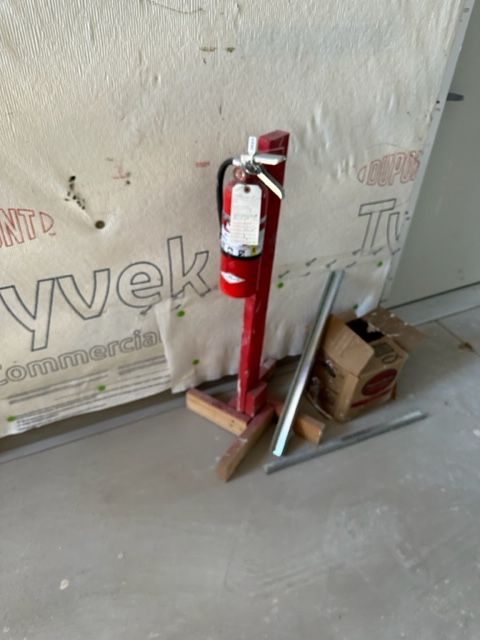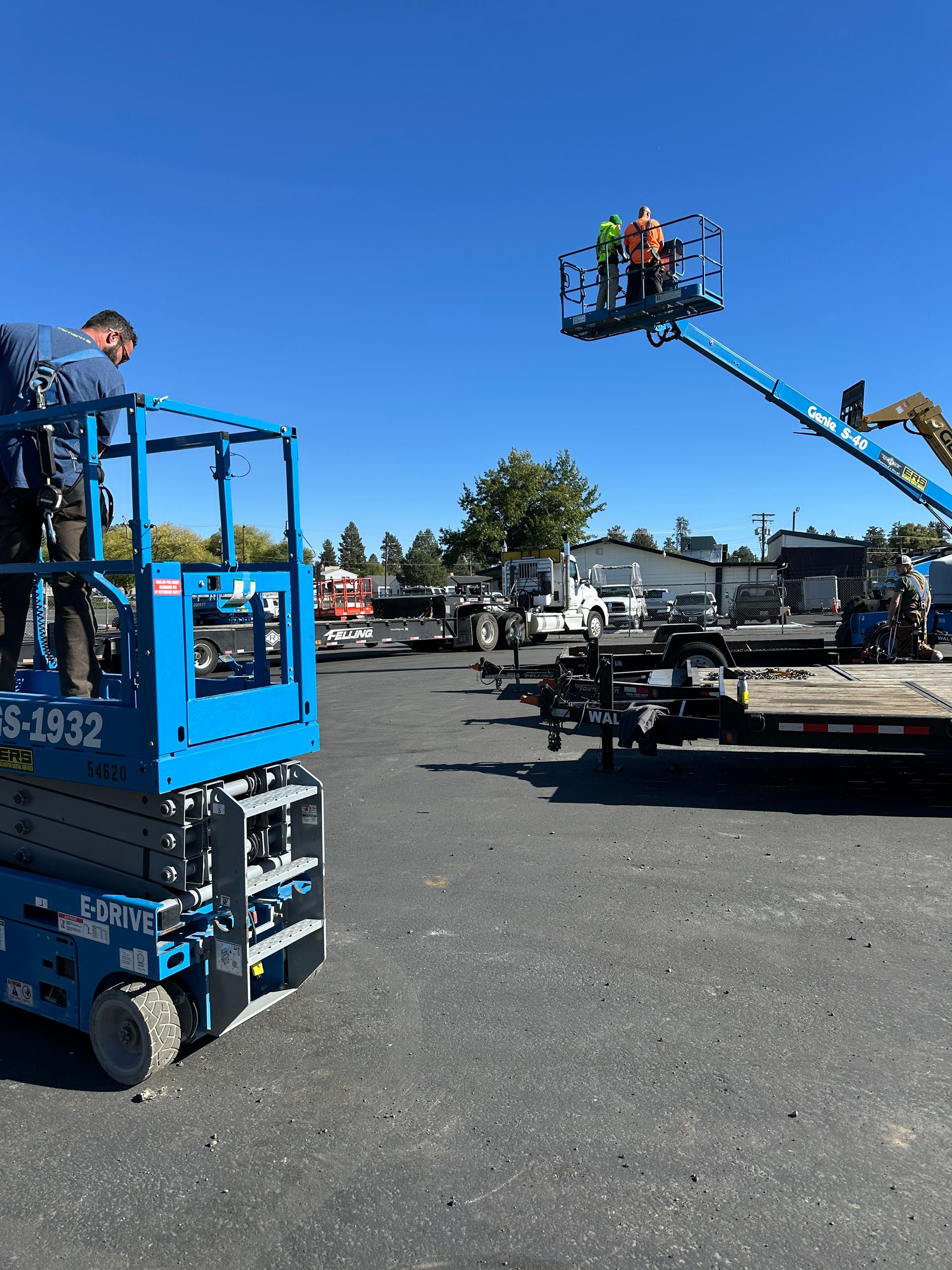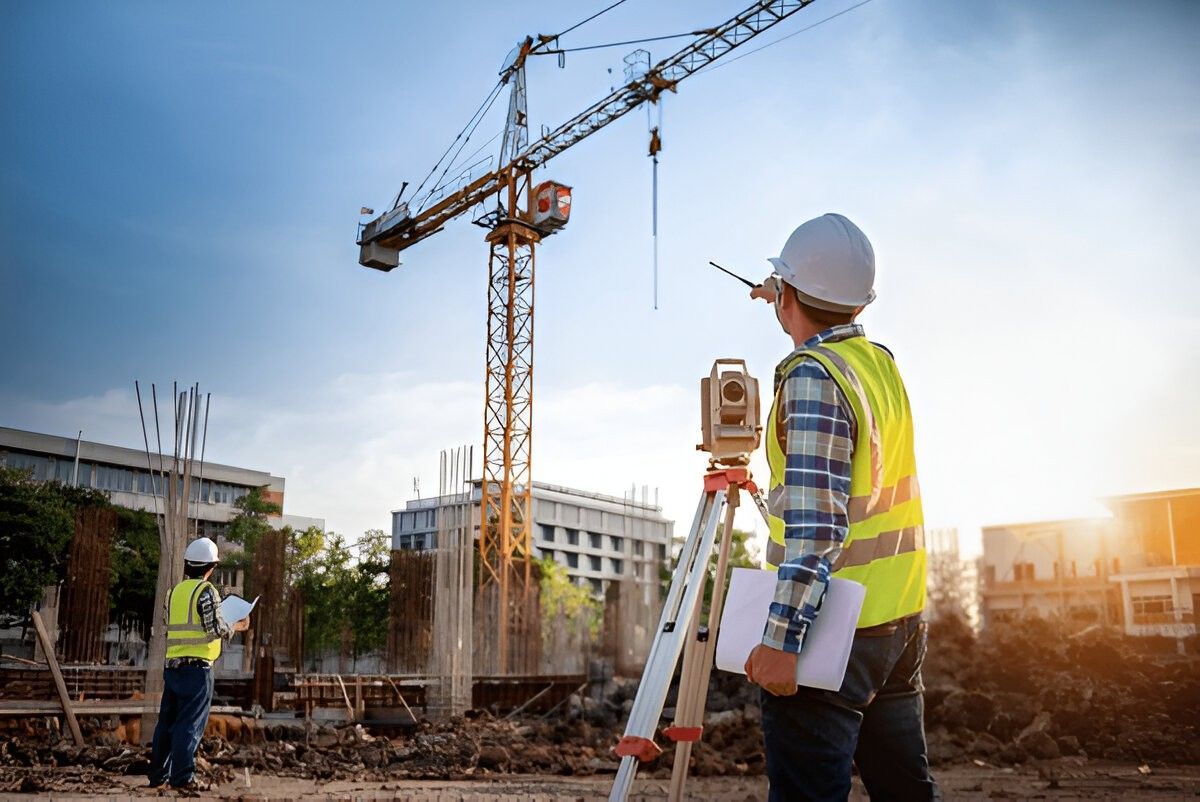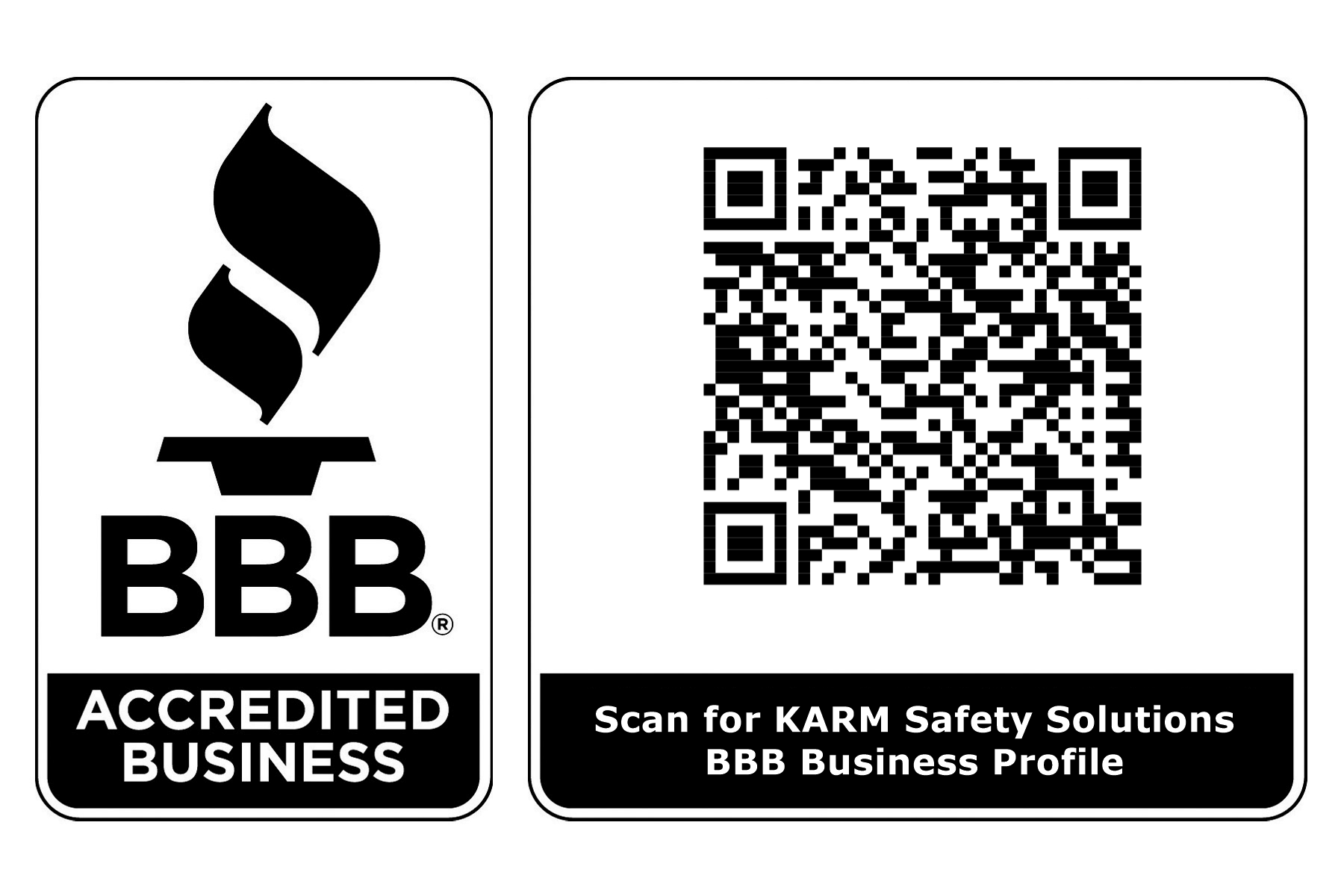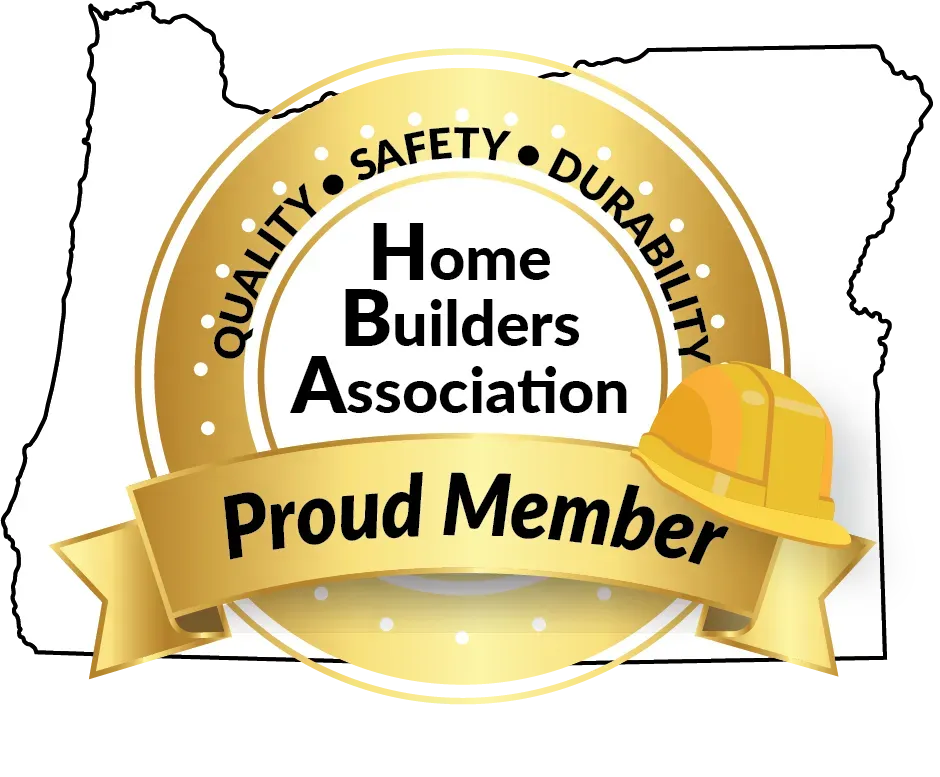Safety Training Liability for Non-competent Trainers
This is a subtitle for your new post
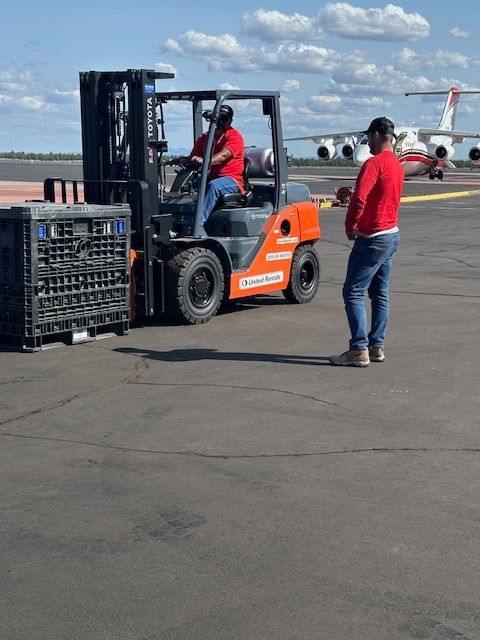
Under OSHA’s General Duty Clause (Section 5(a)(1)) and various specific standards (1910 & 1926), employers are required by law to provide safety training to employees on the hazards they face.
Employers must “furnish to each of their employees employment and a place of employment which are free from recognized hazards…” and must “comply with occupational safety and health standards.”
Training is one of the primary methods to meet that duty. Therefore, failing to provide training is a violation, but providing poor or incorrect training can also create liability.
The Hazards of Providing Safety Training (If Done Incorrectly)
Incomplete or Inaccurate Training
If training doesn’t meet OSHA’s content or duration requirements, or skips critical hazards:
- Employees may be injured or killed due to a failure to follow safe procedures.
- The company can be cited for inadequate training even if the training took place.
- OSHA may classify it as a Serious or Willful violation.
Unqualified or Unverified Trainers
If the person conducting training is not “qualified” or “competent” per OSHA’s definitions:
- OSHA can invalidate the training and issue a citation to the employer.
- The company can be held liable for negligent training in civil court.
OSHA 1926.503(a)(2): “The employer shall assure that each employee has been trained by a competent person qualified in the nature of the work being performed.”
Lack of Documentation
Even if training was excellent, if you don’t have documentation, it didn’t happen legally.
- Missing rosters, test results, or certificates can lead to citations.
- After an incident, a lack of records can create exposure to civil lawsuits and workers' compensation disputes.
Failure to Evaluate Understanding
Simply showing a video or handing out a manual isn’t enough.
- OSHA expects employers to evaluate comprehension.
- If an employee causes an accident and can’t demonstrate understanding, the employer may be found negligent in training verification.
Outdated or Generic Training
Training that isn’t specific to the site, job, or equipment:
- Violates many OSHA standards (e.g., Forklift, Lockout/Tagout, Excavation, Silica).
- Opens the door for “failure to warn” or “negligent instruction” claims.
Liability Exposure Types
Type of Liability
Who It Applies To
When It Arises
OSHA Citations & Fines
Employer
Training is missing, incomplete, or inadequate.
Civil Liability (Negligence)
Employer / Trainer / Safety Consultant
If an employee injury occurs, the training failed to meet reasonable standards.
Criminal Liability
Employer / Owner
In cases of willful neglect resulting in a fatality (Section 17(e) of the OSH Act).
Workers’ Compensation Challenges
Employer
If training records don’t prove that the employee was instructed properly.
How to Protect Yourself & Your Company
Here’s how KARM Safety Solutions can reduce risk and liability while providing training.
- Our Trainers meet OSHA’s “competent person” or “qualified” definitions. Our trainers conduct training courses for employees 5-6 times a month, while also constantly monitoring OSHA standards to ensure the content remains up-to-date.
- Keep documentation of their experience, certifications, and credentials.
- Include visual demonstrations, case examples, and current regulatory updates.
Keep Comprehensive Records
Maintain:
- Attendance rosters with signatures.
- Training date, topic, and duration.
- Trainer qualifications.
- Certificates of completion.
Make Training Job- and Site-Specific
- Customize by task, location, and language (English/Spanish).
- Incorporate the employer’s policies and actual equipment.
Re-Train After Incidents or Changes
OSHA requires retraining when:
- New hazards are introduced,
- Work procedures change, or
- An employee demonstrates a lack of understanding.
Provide Ongoing Refresher Training
- Annual or periodic training, OSHA standards require retraining at different levels; some topics are required annually, some, like forklift, every 3 years, and some every 5 years. Five years is a long time to wait, as training brings back new changes and hazards seen on the sites.
- Third-Party Trainers
KARM Safety Solutions provides training to clients:
- We ensure training records are signed and dated and given to the employer, and we also have backup documents. We also offer CCB credits for most of our courses.
- The scope of training encompasses monitoring OSHA and ANSI standards, as well as industry accident trends, to ensure our training provides the most comprehensive knowledge to our students.
- The trainer's responsibilities are to ensure students are competent and understand the training content.
- Employer’s duty to ensure supervision and follow-up. We train to a competent person level, as everyone should be competent.
- Liability limits (hold harmless and indemnification clauses).
